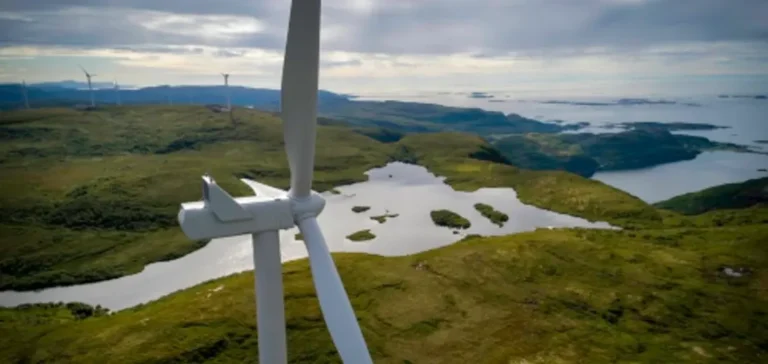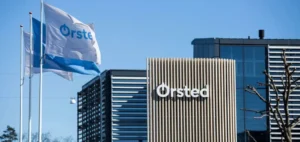Statkraft, Europe’s leading renewable energy producer, has reviewed its strategic priorities to focus its investments on fewer technologies and selected markets, amidst a context of rising general costs and less favourable electricity prices than expected. Under the leadership of Chief Executive Officer Birgitte Ringstad Vartdal, the company aims to strengthen its competitiveness by prioritising projects that ensure immediate profitability.
Emphasis on hydropower and onshore wind
Statkraft plans annual investments between NOK16bn ($1.48bn) and NOK20bn ($1.85bn) over the next years. Priority will be given to upgrading major hydropower plants in Norway, maintaining existing asset performance, and developing onshore wind projects in Sweden and Norway.
At the same time, the company will continue expanding capacities in solar, onshore wind, battery storage, and grid services in Europe and South America, albeit at a slower pace than originally planned. This strategy clearly prioritises immediate cash flow generation over rapid increases in production volumes.
Partial withdrawal from offshore wind and hydrogen
Statkraft is halting new developments in offshore wind, notably refraining from participating in the upcoming licence allocation for the Utsira Nord project in Norway. However, the company will continue to completion the North Irish Sea Array (NISA) project already underway in the United Kingdom.
Additionally, the company had already announced last May its decision to halt new hydrogen projects. Similarly, Statkraft is currently evaluating its commitments in solar, onshore wind, and battery sectors in Poland, while permanently ending development activities in Portugal. Nonetheless, commercial operations in both markets will be maintained.
Reduction of operating costs and staffing planned
This concentration of investments should enable Statkraft to simplify its operational structure and save approximately NOK2.9bn ($269mn) per year by 2027. This represents a 15% cost reduction compared to the forecast for 2025, notably including reductions in payroll, details of which will be determined during the annual planning process in the second half of the year.
Birgitte Ringstad Vartdal acknowledged the potential impact of these adjustments on employees, indicating that the company would strive to minimise uncertainty and negative effects on staff. Since 2018, Statkraft has distributed NOK59bn ($5.48bn) in dividends to shareholders, and its equity value now exceeds NOK300bn ($27.9bn).






















